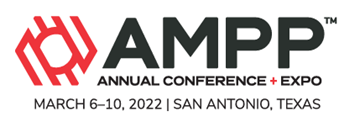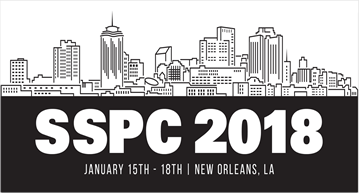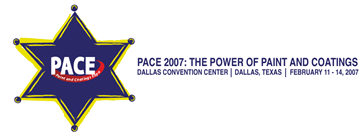Search
Individual Conference Papers
View as
Sort by
Display
per page
Welding Of CRA With Insufficient Purging Gas Impact On Mechanical Properties And Corrosion Resistance
Product Number:
51321-16615-SG
Publication Date:
2021
$20.00
Welding Procedure Development For A 13Cr-5Ni-2Mo (UNS S41426) Super Martensitic Stainless Steel
Product Number:
51321-16840-SG
Publication Date:
2021
$20.00
Well Casing Cathodic Performance Review - Case Studies
Product Number:
51322-17688-SG
Publication Date:
2022
$20.00
Wet Abrasive Blasting: an Overview of Surface Cleaning Alternatives
Product Number:
51219-190-SG
Publication Date:
2019
$20.00
Wet Abrasive Blasting: the Future of Surface Preparation and the Effects it has on Steel
Product Number:
51220-232-SG
Publication Date:
2020
$20.00
Wet CO-CO2 Stress Corrosion Cracking in CCS Pipelines
Product Number:
51324-20669-SG
Publication Date:
2024
$40.00
Wet Tg: Understanding the Effect of Hot, Distilled Water on the Glass Transition Temperature, Barrier Properties, and Performance of Fusion Bonded Epoxy Coatings
Product Number:
51323-19470-SG
Publication Date:
2023
$20.00
What is So Special About Nuclear Coatings?
Product Number:
51218-133-SG
Publication Date:
2018
$20.00
What Happens to Zinc Under Hot Insulation?
Product Number:
41215-883-SG
Publication Date:
2015
$20.00
What is Needed for Bridge Coating to Last 100 Years (or More)
Product Number:
41209-490-SG
Publication Date:
2009
$20.00
What Paints/Coatings Industry Representatives Should Know about Architects/Specifiers
Product Number:
41207-378-SG
Publication Date:
2007
$20.00
What Test Environment for the Qualification of OCTG Sour Service Grades? Means and Consequences of pH Control
Product Number:
51321-16283-SG
Publication Date:
2021
$20.00












